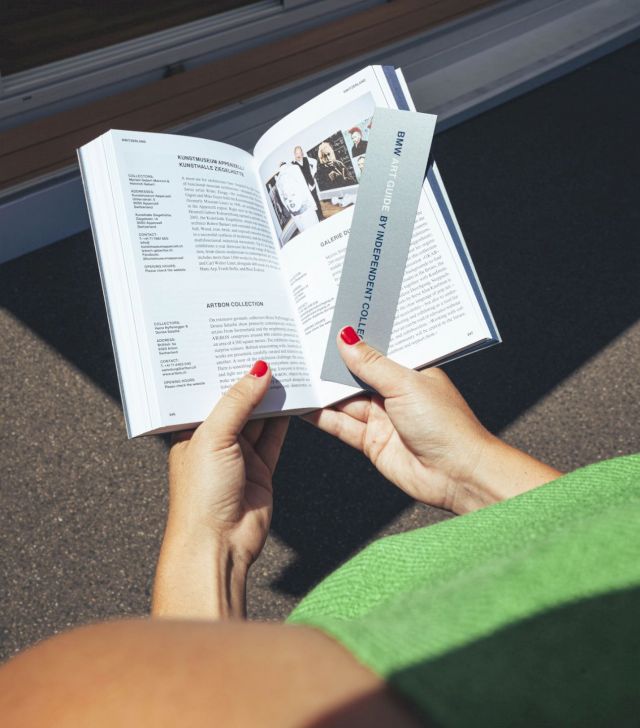The BMW Art Guide by Independent Collectors
The 7th edition of the BMW Art Guide by Independent Collectors takes you to more than 304 collections in 51 countries and 224 cities.
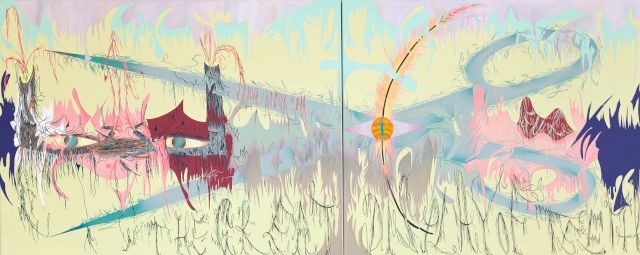
Kateřina Havrlant contemporary art collection is accessible online. This innovative and captivating approach allows her to share her collection with a global audience, redefining the traditional methods of public access and art appreciation.
Havrlant Art Collection (HAC) is a private international contemporary art collection founded in 2015. The intention of the collection is to promote progressive art in the Czech Republic and Central Europe and to strive to set a positive example within contemporary art collecting. For collectors with a background in the online technology sector, maximum accessibility and openness in the presentation of works by the artists represented is essential. Although HAC cannot compare in size and number of artists to the largest Czech private collections, which usually cover the entire area of the 20th century, within a narrow section of progressive contemporary art of the last ten years the collection includes some of the significant works by artists from the Central and Eastern European region, thus creating a specific view of the shape of contemporary art through the eyes of collectors. Today, the collection includes a total of 180 works of art by 50 artists, most of which are presented on the website. The medium on which the collection has focused more specifically in recent years is the moving image, whose representation is still rather exceptional in private as well as public collections. Crucial to the overall nature of the collection is the work with the curator who manages the collection and is behind the initial selection of artists, as well as the personal contact between collectors and artists in their studios. The direct method of purchasing works from the artists or through private gallerists (e.g. White Cube, Kraupa-Tuskany Zeidler, Polansky, hunt kastner, Wschód, etc.) also stands in some contrast to more traditional approaches to building collections, e.g. through auction houses.
The Havrlant Art Collection was first presented to the general public in 2022 in the space of the former Pragovka factory as part of the first edition of the Prague Art Week festival.
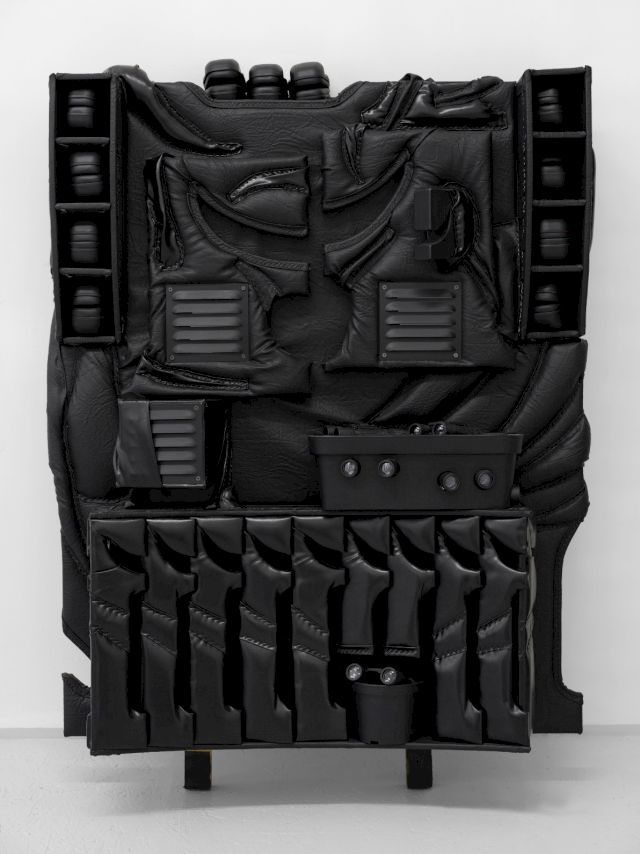
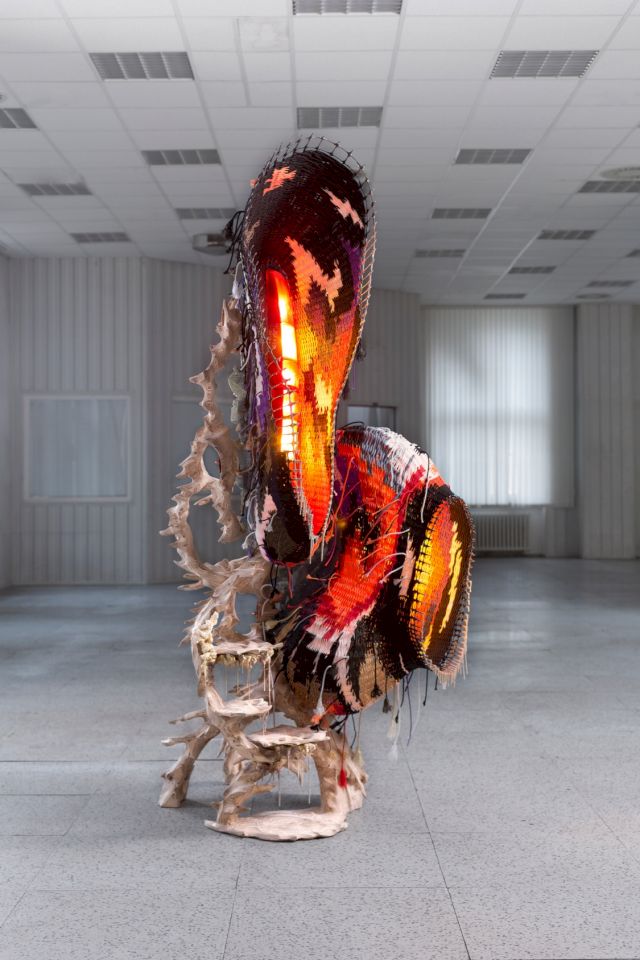

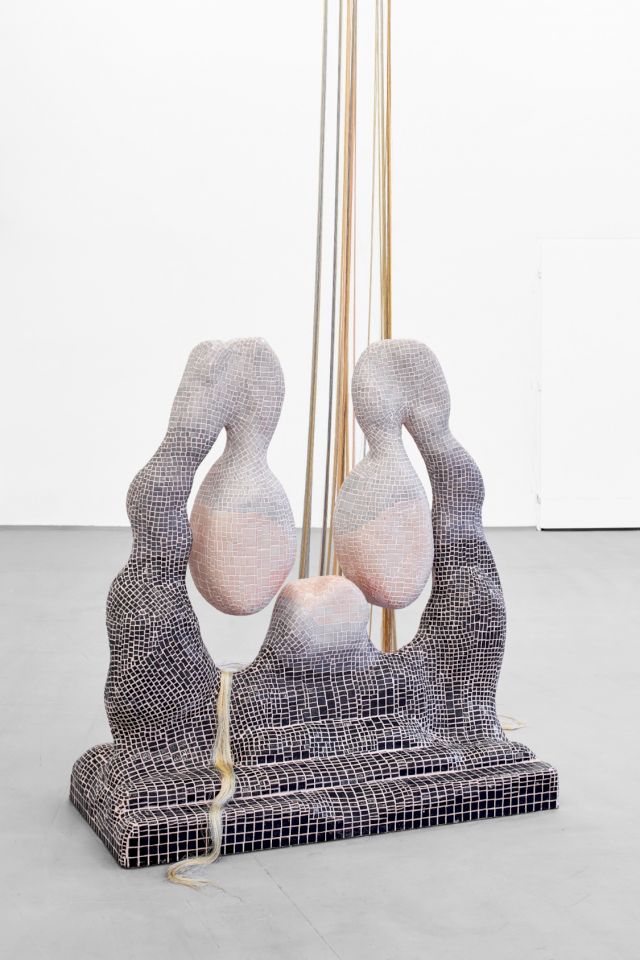
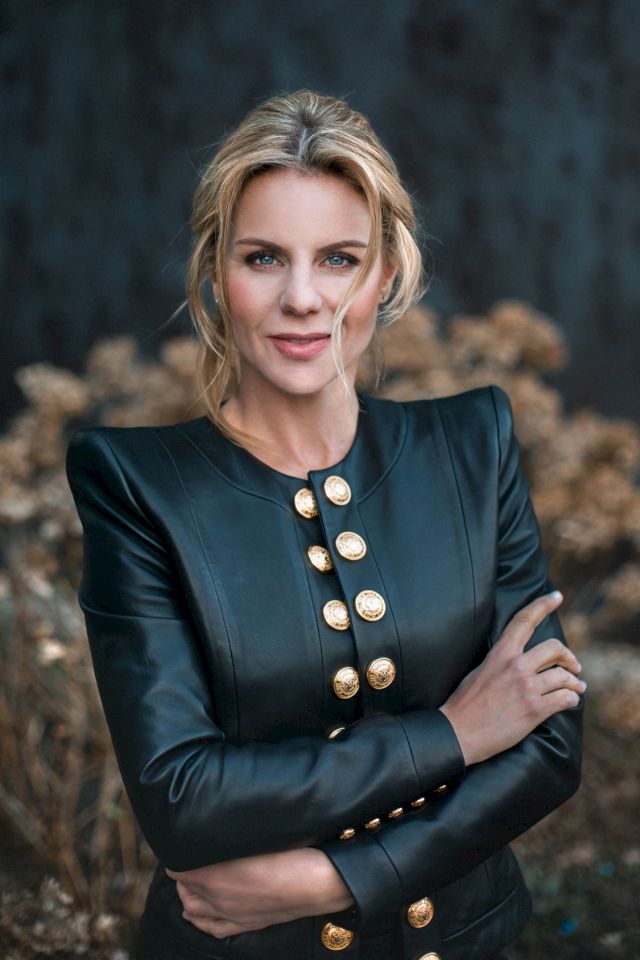
Interview with Kateřina Havrlant by Independent Collectors
What inspired you to start a collection?
I've worked for Google for over 14 years, and at the time I was based in London, where we were launching Google Arts and Culture, a project to make visual art available online. Part of this was to photograph the privately owned Museum Kampa in Prague as one of the first galleries in Prague. Meda Mládková (note: legendary Czech collector and founder of Museum Kampa and the Jan and Meda Mládek Foundation) flew in for the launch, and we talked about art and what motivated her. And I asked what would make sense to collect in this modern age of the rise of new technologies, who to support? Her answer was, "Young art, dear." We discussed the fact that artists are often unfamiliar with the latest technology, unable to present themselves in an online environment. Coincidentally, I met Ján Gajdušek at Museum Kampa, where he was working at the time. We arranged a private guided tour, sat down and started talking about how to start a collection and what artists to start collecting. He compiled the first list of young artists who were still studying or were part of the Jindřich Chalupecký Award, which is the Czech equivalent of the British Turner Prize. According to him we decided which studios to go to, and one of the first artists was the painter Tomáš Predka, then we bought paintings by Vladimír Houdek through the Polansky Gallery in Prague, and the third was Klára and Igor Hosnedl.
What role/value holds the first piece of artwork you purchased?
The first works in the collection were paintings by the painter Tomáš Predka. It was essential for me to be able to visit the artists directly in their studios and have the opportunity to discuss with them their approach to art, as well as to be able to support these artists at the very beginning of their careers. So the importance of buying the first piece of work is mainly about this first identification with the art environment and realizing that this is something I am interested in supporting and being a part of.
How has collecting changed your approach to art?
I would say that collecting has opened up a whole new world for me and also an important interest in life. Gradually I started to discover the world of contemporary art, I started to visit exhibition openings, private galleries, to meet gallerists, curators and other collectors. Subsequently, I started to travel to international art fairs and exhibitions and get acquainted with the art world there, which subsequently led to the expansion of my collection from Czech and Slovak artists to Central Europe in particular. We are also gradually finding our way into established Western European galleries, and even there we are slowly trying to buy works that fit into the broader context of my collection.
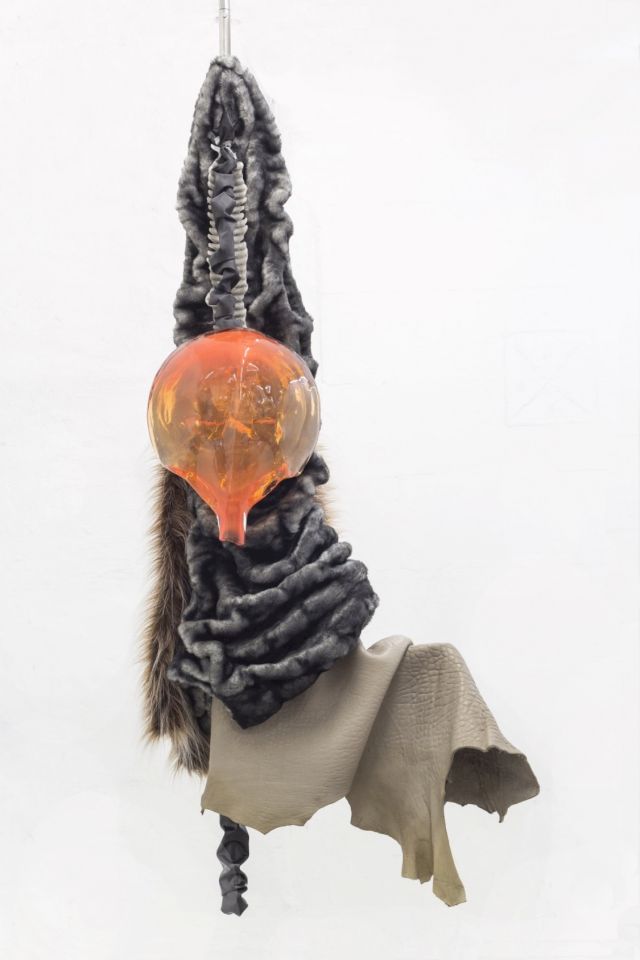
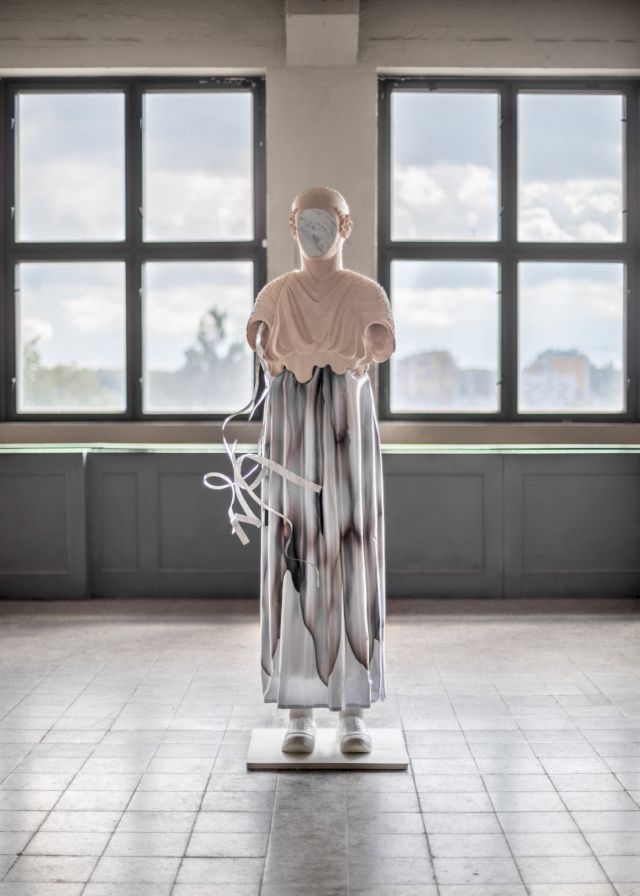

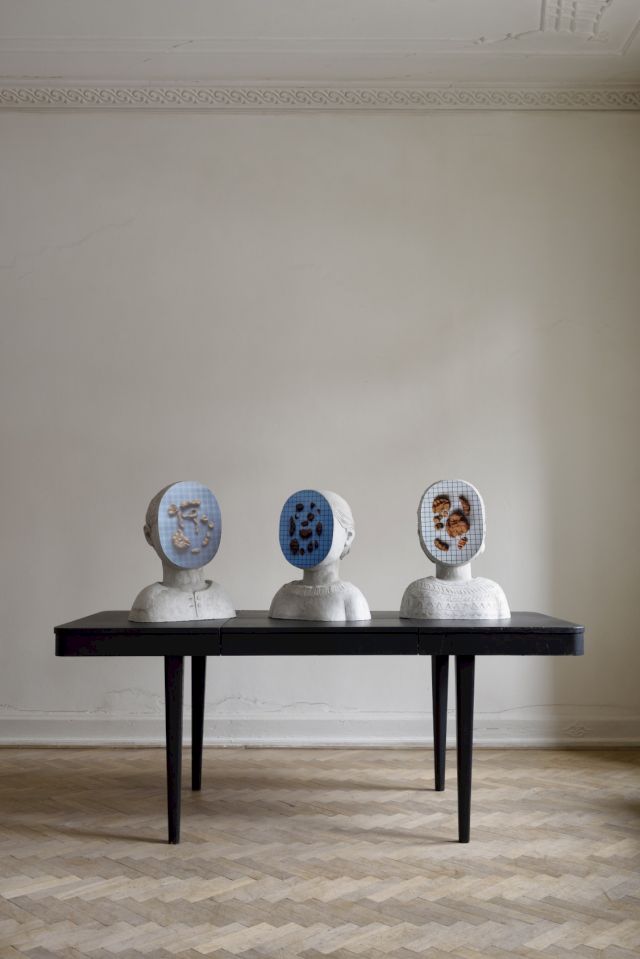

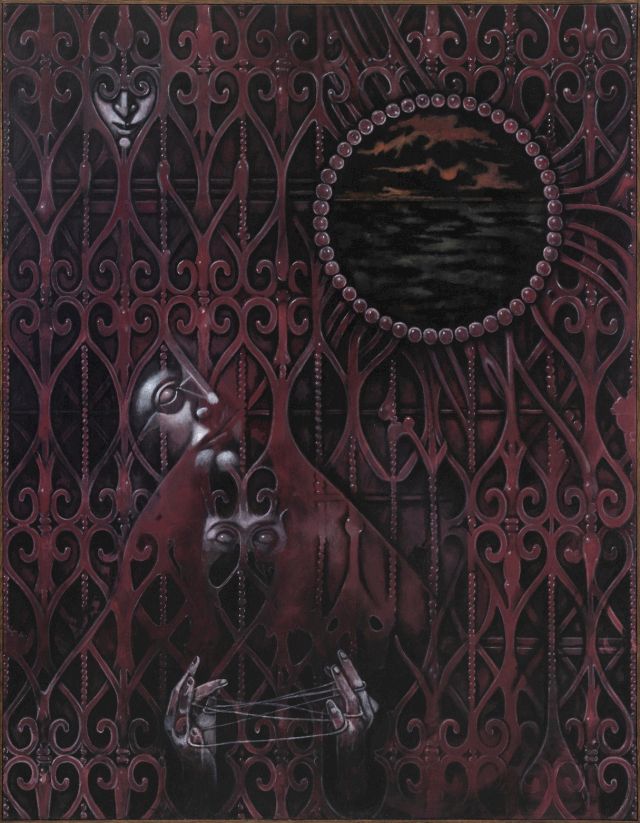

How do you adapt your concept of collecting to future interests and needs?
My whole approach is constantly evolving, as I come into contact with new actors within the art scene, while at the same time I try to visit international art fairs, exhibitions in the Czech Republic and abroad, and through all of this I try to sharpen my view of contemporary art. At the same time, art is constantly developing dynamically, and to keep up with it, one must constantly educate oneself and devote time to art in particular. For these reasons, I work with a professional curator who not only manages the collection, but also constantly discusses its future development and direction – which artists to approach, which exhibitions to see, which fairs to attend, etc. The HAC will be celebrating its 10th anniversary in 2025, and an observer can already see in its current form and the works that have been acquired over the years what type of art we were focusing on in 2015, for example, and what we are focusing on now – there is a big difference, which is evidence of a constantly changing approach.
Do you have a personal relationship with the artists you collect? And which artists are you currently following?
Yes, if possible, I try to establish a personal relationship with the artists whose works are part of my collection. In this respect it is great to be able to visit the artists in their natural working environment, to get to know them personally and to be able to get more into the essence of their work. And who are we currently following – we have now completed several purchases from Czech and foreign authors. Perhaps the most important of these is the purchase of Klára Hosnedlova's work, which was exhibited last year at the Kestner Gesellschaft gallery in Hannover, via the White Cube gallery in London. We have also recently completed purchases resulting from my visit to Art Basel and Liste this year, where we were impressed by works of Anna Uddenberg and the Polish duo Øleg&Kaśka. In general, I now try to focus on international fairs and primarily buy young artists there. However, the intention of the collection is still the same, whether it is a Czech or any international artist, I am interested in a certain progressiveness of their expression that can be traced in contemporary art.
What is your biggest hope for the future of art and collecting?
I think that in the Czech Republic, where the gallery and collecting scene is not yet as developed as in the Western countries, the art world is currently opening up more and more to new possibilities of presenting artists to their audience, and at the same time art is increasingly perceived as a very good alternative investment, which is especially noticed by people from the business environment. Therein lies the path to new collections focusing on contemporary art, but also to support young artists and the appreciation of their work. The more and better the art market functions, the more artists from the Czech Republic will also have the chance to get into prestigious international shows. I have great confidence in the future of the young generation and I believe that the new generation of collectors and artists will find common ground and support Czech art in the international context.
Tell us three things to consider before starting an art collection.
It is essential to determine the direction I want to take as a collector. Whether the collection will be focused on contemporary art or on some of the earlier periods, and to try to frame the collection in this way and place it in a temporal and geographical context. In this way the collection can be made coherent and its focus clearly named. Many art collections are fragmented or too far apart, which ultimately makes them a difficult to grasp whole. It is also possible to create a narrow collection profile by focusing on one medium or material (painting, video art, glass, etc.) and systematically building a collection around it. It is also important to consider your financial possibilities, as money is an absolutely essential commodity when collecting art. Also, it is also important to remember that collecting is a long-term affair and if one takes it up, it usually lasts a lifetime. For these reasons, too, one should consider the spatial possibilities for storing purchased artworks over time and possibly acquire a depository.
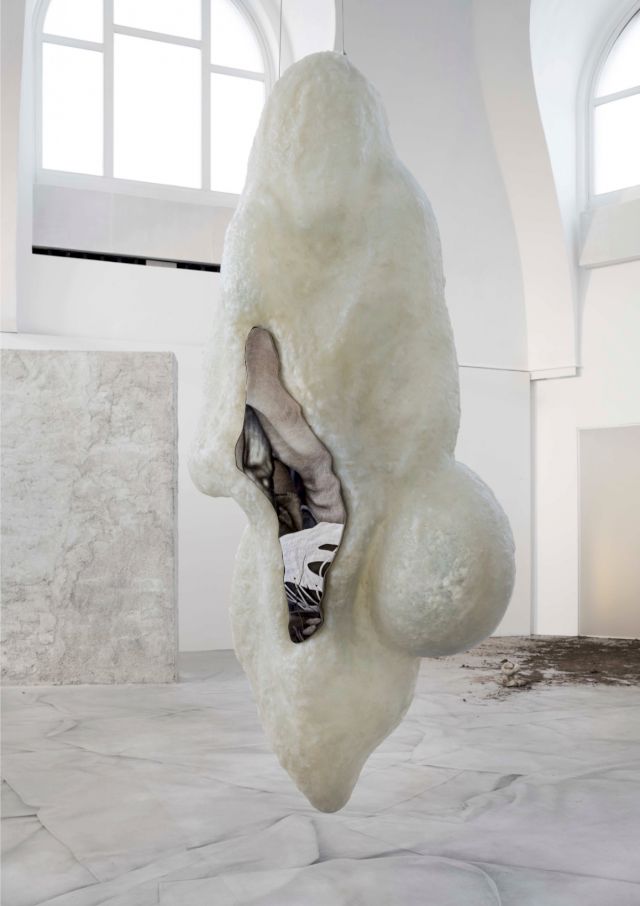
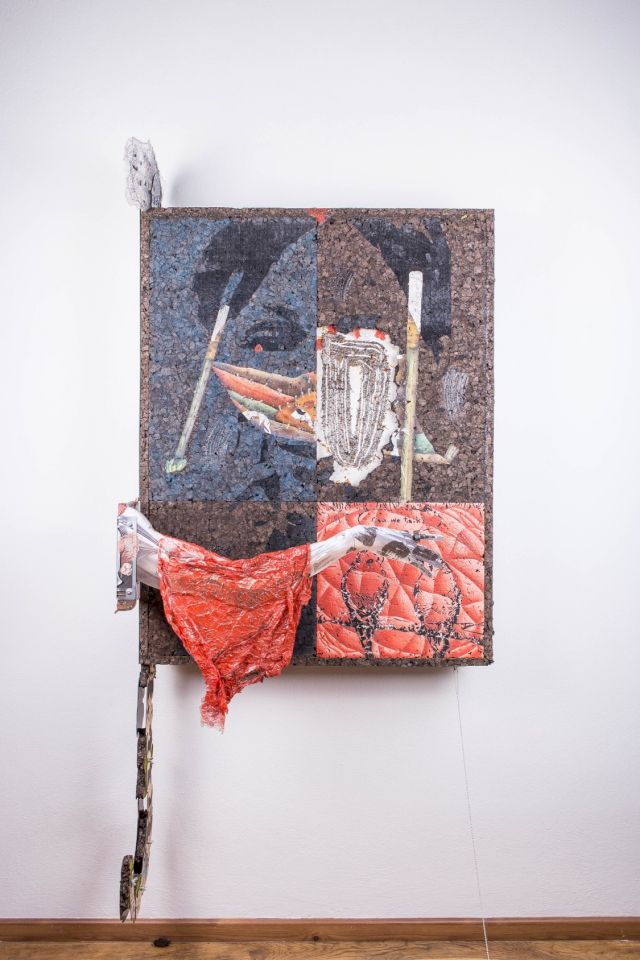
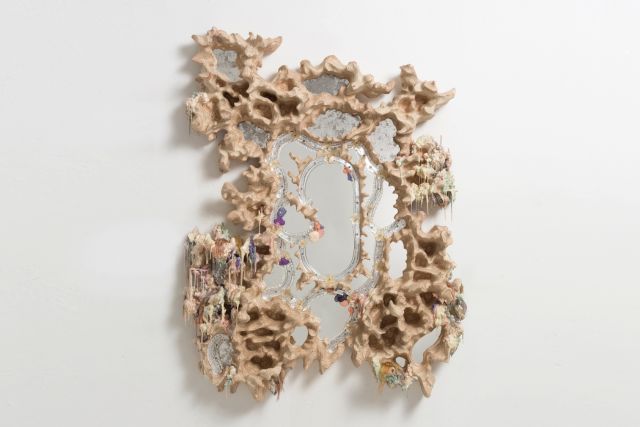
Why did you decide to make your collection publicly accessible and what are the benefits?
My collection is publicly accessible only in the form of an online presentation, where most of the works in the collection are published. We are not planning a permanent presentation of the collection in the form of a brick-and-mortar gallery or in some other physical form. At the same time, however, once every few years, we exhibit a specially selected part of the collection (e.g. the most recently acquired works or just audiovisual works, paintings, etc.) in a temporary exhibition. As mentioned above, this has only happened once so far in 2022 at the Pragovka Gallery in Prague. The next physical exhibition of the collection is planned for 2025, which will take place on the 10th anniversary of the collection's foundation, and we will also be publishing the first printed catalog of the collection on this occasion.
How can you benefit as a collector from making your collection accessible to the public?
I am of the opinion that the possibility of a physical encounter with a work of art is still irreplaceable by any other technology. So I see the benefit in this, to give viewers the same artistic experience of the works as the collector himself. I myself see the opportunity to see a private art collection in person as in some ways a more comprehensive experience than seeing works owned by the state, for example in the National Gallery. The viewer has the opportunity to feel a certain personal input from the collector, how the work works in a different environment and context, which is determined by the personal relationship between the work and the collector. Art lovers in the Czech Republic had the opportunity to experience this, for example, at Museum Kampa, where the founder of the collection, Meda Mládková, has for a long time co-created the running of the entire museum, the exhibition programme and new acquisitions (and last but not least, she herself lived in the museum building and visitors had the opportunity to meet her personally in the premises of her collection).
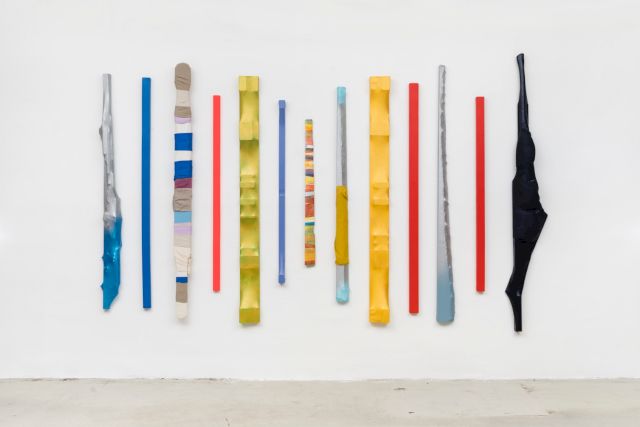
Go visit Havrlant Art Collection for more information.
The 7th edition of the BMW Art Guide by Independent Collectors takes you to more than 304 collections in 51 countries and 224 cities.
